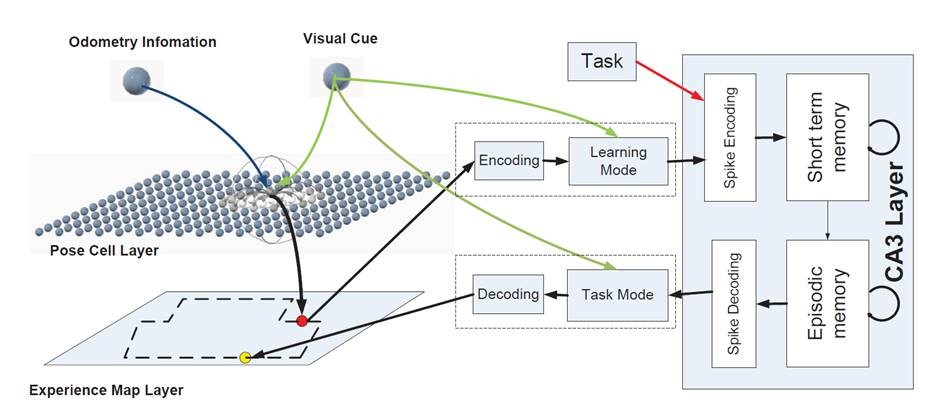How to translate complex attractor networks into spiking networks for rubust neuromorphic computing?
E. Paxon Frady, Friedrich T. Sommer. Robust computation with rhythmic spike patterns. Proceedings of the National Academy of Sciences Sep 2019, 116 (36) 18050-18059; DOI: 10.1073/pnas.1902653116
Significance
“This work makes 2 contributions. First, we present a neural network model …
What are the main challenges and the future prospects of neuromorphic computing?
Roy, K., Jaiswal, A. & Panda, P. Towards spike-based machine intelligence with neuromorphic computing. Nature 575, 607–617 (2019) doi:10.1038/s41586-019-1677-2
Abstract
“Guided by brain-like ‘spiking’ computational frameworks, neuromorphic computing—brain-inspired computing for machine intelligence—promises to realize artificial intelligence while reducing the …
Cognitive and Contextual Enterprise Mobile Computing
Cognitive and Contextual Enterprise Mobile Computing
Gabi Zodik
MobileFirst Global Research Leader
IBM Research
Haifa, Israel
zodik@il.ibm.com
The second wave of change presented by the age of mobility, wearables, and IoT focuses on how organizations and enterprises, from …
Cognitive Engineering for Geographic Information Science
Martin Raubal, University of California, Santa Barbara
Abstract—Geographic information science provides the foundation for the development of geospatial tools and services that support people in their spatio-temporal decision-making. In order to offer useful and useable solutions, principles …
